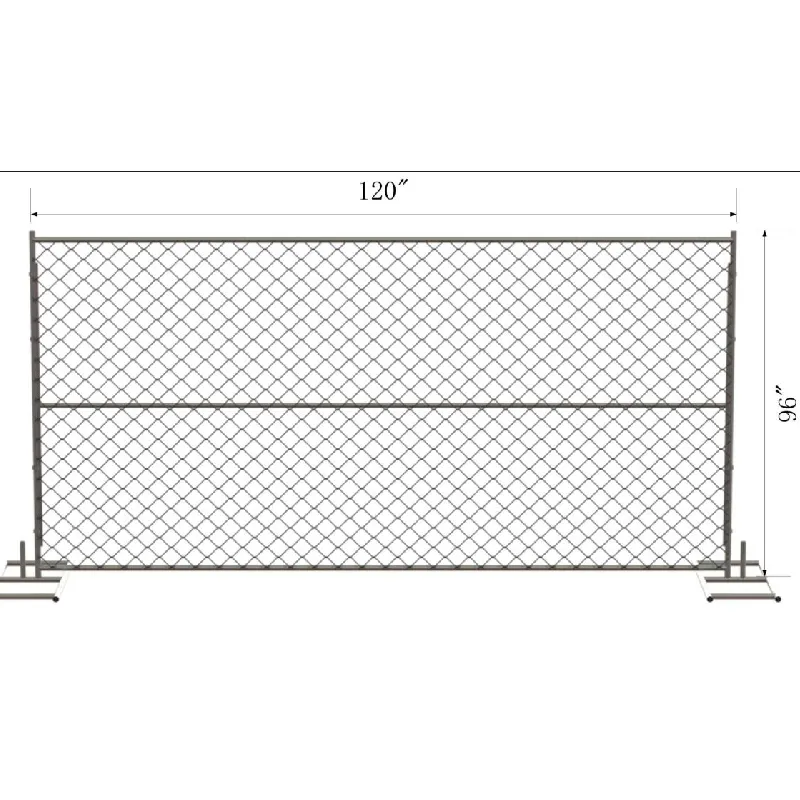
- Afrikaans
- Albanian
- Arabic
- Armenian
- Azerbaijani
- Basque
- Belarusian
- Bengali
- Bosnian
- Bulgarian
- Croatian
- Czech
- Danish
- Dutch
- English
- Esperanto
- Estonian
- Finnish
- French
- Galician
- Georgian
- German
- Greek
- hawaiian
- Hindi
- Hungarian
- Indonesian
- irish
- Italian
- Lao
- Latvian
- Lithuanian
- Luxembourgish
- Macedonian
- Maltese
- Myanmar
- Norwegian
- Polish
- Portuguese
- Romanian
- Russian
- Serbian
- Slovak
- Somali
- Spanish
- Swedish
- Thai
- Turkish
- Turkmen
- Vietnamese
ພ.ຈ. . 21, 2024 04:48 Back to list
padel court material
Understanding Padel Court Materials A Comprehensive Guide
Padel, a sport that has surged in popularity around the globe, combines elements of tennis and squash and is played on a smaller, enclosed court. Central to the quality and enjoyment of padel is the choice of materials used in constructing the courts. Choosing the right materials is essential for ensuring optimal performance, safety, and longevity of the court. This article explores the various materials used in padel courts, discussing their properties and how they contribute to the overall padel experience.
Court Surface Materials
The surface of a padel court is critical for gameplay. The primary materials used for court surfaces include artificial turf, acrylic, and wood.
1. Artificial Turf Artificial turf is the most popular choice for padel courts. It provides excellent grip, allowing for quick movements and changes in direction that are essential to the game. High-quality artificial turf is made from durable fibers that can withstand heavy use and varies in pile height and density. The turf is typically filled with sand or rubber granules, which help to enhance traction and shock absorption. Furthermore, artificial turf is relatively easy to maintain, making it a favorite among clubs and recreational facilities.
2. Acrylic Acrylic surfaces, commonly found in tennis courts, are becoming increasingly popular in padel as well. These surfaces offer excellent durability and can be customized with various colors and textures. Acrylic courts provide consistent ball bounce and minimal maintenance needs, making them practical for high-traffic facilities. However, they have less shock absorption compared to turf surfaces, which may lead to a higher risk of injuries during play.
3. Wood Wooden courts, though less common, are used in certain areas, especially where indoor padel play is prioritized. Wooden surfaces provide excellent control and a unique feel when playing, but they require more maintenance and may be less durable than synthetic options.
Walls and Fencing Materials
The walls of a padel court play a significant role in the game, as they are used strategically by players to return the ball. Generally, these walls are constructed from materials such as glass or concrete.
padel court material

1. Glass Glass walls are fashionable in contemporary padel courts, lending a modern aesthetic while also allowing spectators to view the action from outside. Tempered glass is the standard for walls, as it is both strong and safe. It also adds to the visibility of the court, enhancing the overall experience for players and fans alike.
2. Concrete In many traditional setups, concrete walls are the norm. While they are durable and provide excellent rebound, they do not offer the same visibility as glass. Concrete walls are typically paired with fencing, which serves to keep the ball in play and provides additional safety for spectators.
Court Construction and Accessories
In addition to the primary surface and wall materials, the overall construction involves various accessories that enhance the court's functionality. These include net systems, lighting fixtures, and even benches for players.
1. Net Systems The net used in padel is a vital component, as it separates the two sides of the court. High-quality nets are designed to withstand tension and should be weather-resistant to prevent degradation over time.
2. Lighting Proper lighting is essential for night play and to ensure visibility in indoor courts. Energy-efficient LED lights provide adequate brightness and can be strategically installed to minimize shadows on the court.
3. Benches and Accessories Players' benches, scoreboards, and water stations are other essential accessories that improve the user experience. These should be made from weather-resistant materials if located outdoors.
Conclusion
Selecting the right materials for a padel court is pivotal in creating a high-quality playing environment. From the surface that influences ball bounce and player movement to the walls that shape the dynamics of the game, each material contributes significantly to the sport's enjoyment and safety. As padel continues to grow in popularity, understanding these materials will help clubs and players create and maintain optimal playing conditions, ensuring a top-notch experience for everyone involved.
-
Your Ultimate Solution for Australian Temporary Fencing
NewsMay.14,2025
-
The Ultimate Guide to Crowd Control Barriers: Secure Your Events with Ease
NewsMay.14,2025
-
Secure Your Livestock with High-Quality Livestock Fence Panels
NewsMay.14,2025
-
Enhance Your Livestock Management with Top-Quality Cattle Fences
NewsMay.14,2025
-
Enhance Security and Safety with Temporary Fencing Solutions
NewsMay.14,2025
-
Corral Gates
NewsMay.14,2025









